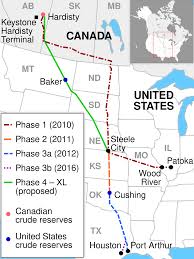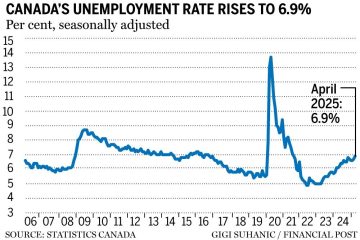Current Events Surrounding the Keystone Pipeline

Introduction
The Keystone Pipeline, a major oil pipeline system in Canada and the United States, has been central to discussions about energy, environment, and economics. As the world grapples with climate change, the fate of the Keystone Pipeline remains a significant topic, influencing policies, economies, and energy independence in North America.
Current Status of the Keystone Pipeline
As of October 2023, the Keystone Pipeline continues to face challenges and scrutiny. The pipeline, which transports crude oil from Alberta, Canada, to various refineries across the United States, has experienced numerous leaks over the years, raising concerns among environmental groups. Despite these incidents, TransCanada Corporation, the operator of the pipeline, has maintained that the system is safe and efficient.
Recently, reports highlight ongoing legal battles stemming from environmental regulations. The U.S. government has emphasized the importance of climate considerations in its approval processes, impacting pipeline operations. The Biden administration’s stance has been notably stricter compared to previous administrations, focusing on reducing fossil fuel reliance.
The Economic Implications
Economically, the Keystone Pipeline plays a vital role in the Canadian oil sector, contributing significantly to job creation and income in Alberta. Proponents argue that the pipeline supports energy security in North America and creates jobs in construction and ongoing operations. However, opponents argue that the environmental costs outweigh the economic benefits, calling for a pivot towards renewable energy.
In the wake of rising oil prices, discussions around the reactivation of the pipeline have intensified. The global demand for energy remains high, and some policymakers in the U.S. see the Keystone Pipeline as a potential factor in stabilizing fuel prices. As of now, sections of the pipeline remain operational, but the overall future of the entire Keystone system hangs in the balance amid ongoing environmental assessments.
Conclusion
The Keystone Pipeline’s future is uncertain, facing both economic pressure and environmental scrutiny. As the world shifts toward sustainable energy solutions, the discussions surrounding the pipeline are likely to continue. Stakeholders, including policymakers and environmental groups, will need to engage in meaningful dialogue to address both the economic necessities and the environmental responsibilities associated with fossil fuel transportation.
It is crucial for readers to stay informed about these developments as they have far-reaching implications for energy policies, environmental regulations, and the broader economic landscape in North America.









